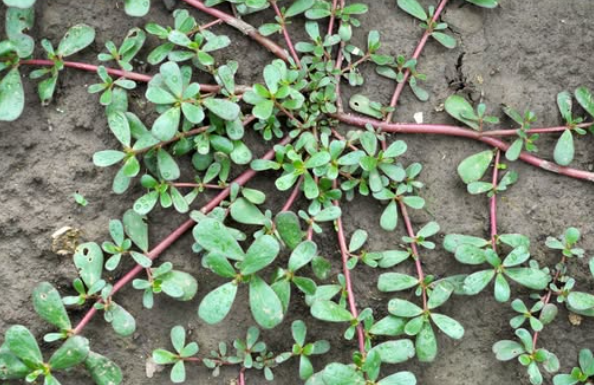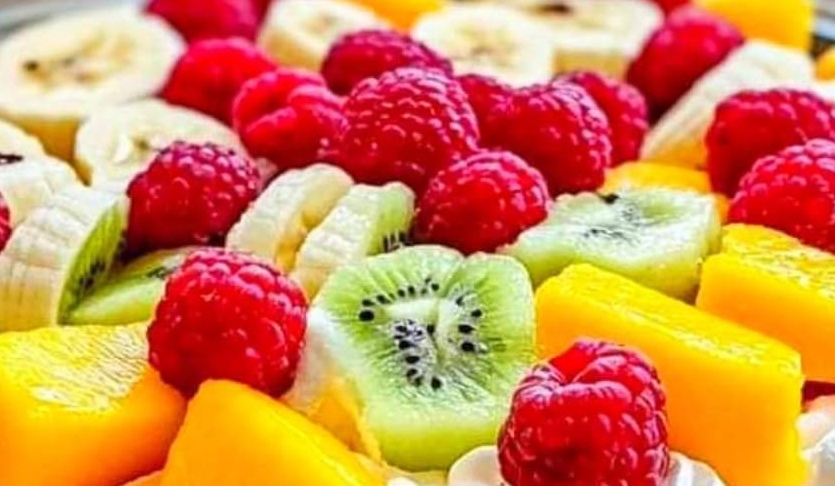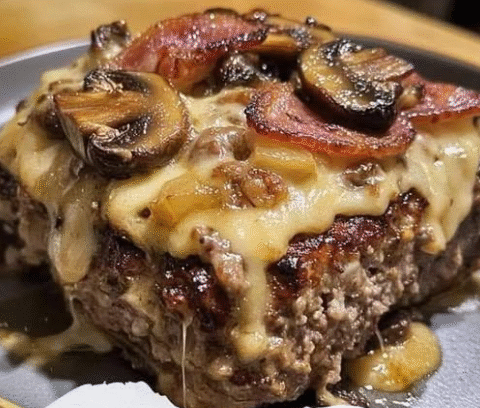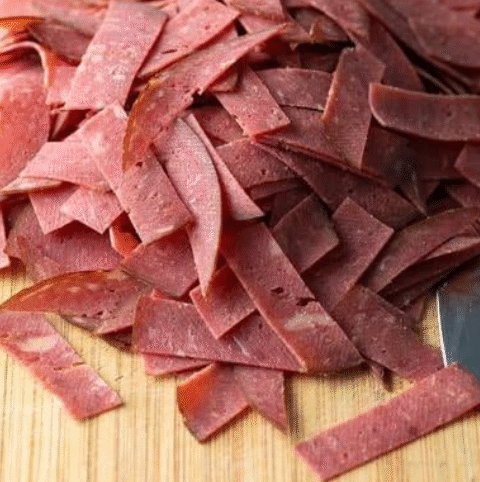7 Powerful Reasons to Embrace Purslane in Your Garden (Not Kill It!) 🌿
Purslane (Portulaca oleracea) often shows up uninvited in flower beds, vegetable patches, or cracks in concrete. Most gardeners pull it out, viewing it as a nuisance weed. But what if this “weed” is actually a nutritional powerhouse, a soil booster, a pollinator attractor, and an all-natural living mulch?
Before you rip up another cluster of this succulent green, learn why letting purslane thrive could benefit your garden, your health, and even your food security. Here are 7 compelling reasons to stop killing purslane—and start harvesting it instead.
What Is Purslane? 🌼
Purslane is a low-growing succulent annual with reddish stems, fleshy oval leaves, and tiny yellow flowers. Native to Persia and India, it thrives in dry, compacted, or poor soils—especially in sunny, neglected garden corners.
Used since ancient times in Greek, Roman, Chinese, and Middle Eastern medicine and cuisine, it has recently made a comeback in permaculture and foraging circles as one of the most underrated superfoods.
1. Purslane Is a Nutritional Powerhouse 🥗
According to the USDA and modern nutrition science, purslane contains higher levels of many nutrients than most cultivated vegetables. It’s especially known for its rare plant-based omega-3 fatty acids.
| Nutrient | Amount (per 100g raw) |
|---|---|
| Omega-3 ALA | 350–400 mg |
| Vitamin A | 1320 IU |
| Vitamin C | 21 mg |
| Magnesium | 68 mg |
| Potassium | 494 mg |
| Iron | 1.99 mg |
| Calcium | 65 mg |
Also Contains: Beta-carotene, glutathione, melatonin, flavonoids, polyphenols. According to Dr. Leila Nour, “Purslane’s high ALA levels are rare among greens, making it an essential plant-based source of omega-3s.”
2. It’s 100% Edible – and Delicious 😋
Purslane is not just edible—it’s incredibly flavorful. Its texture is crisp and juicy, with a tangy, lemony note. Popular in Middle Eastern, Greek, and Mexican cuisines, it’s also versatile in modern kitchens.
Culinary Uses:
- Fresh in salads or wraps
- Added to omelets, frittatas, or scrambled eggs
- Blended in smoothies for added minerals
- Cooked in soups and stews
- Pickled or fermented like cucumbers
Tip: Harvest in the morning for best flavor. Use young stems and leaves for a milder texture.
3. Purslane Improves Soil Health 🪱
Letting purslane grow as ground cover protects soil and promotes long-term fertility. It prevents erosion and reduces water evaporation.
Soil Benefits:
- Retains moisture in dry weather
- Breaks up compacted ground with its shallow roots
- Pulls minerals from deep layers closer to surface
- Adds biomass when chopped and left as mulch
Gardener Tip: If purslane is thriving, your soil is likely fertile and well-drained.
4. It Attracts Pollinators 🐝
Don’t let its tiny flowers fool you—purslane is a magnet for bees, butterflies, hoverflies, and other helpful insects. Its open-faced blooms offer accessible nectar and pollen.
Growing purslane among vegetables can boost pollination for crops like cucumbers, squash, and tomatoes—leading to bigger yields and healthier gardens.
5. It’s Drought-Resistant and Water-Saving 💧
Purslane uses CAM photosynthesis, a method that opens its stomata at night to conserve water. This makes it one of the most water-efficient greens you can grow.
Why This Matters:
- Continues to thrive during drought or heatwaves
- Needs almost no irrigation once established
- Shades the soil to protect nearby plants from extreme heat
As Prof. Mark Benson notes: “Purslane acts like a natural canopy for soil microbes and seedling roots in hot weather.”
6. It’s an All-Natural Living Mulch 🍂
Purslane forms a low, dense mat that competes with weeds, regulates soil temperature, and decomposes into valuable organic matter. No bagged mulch needed.
Use Purslane As:
- Weed suppressant under taller crops
- Green manure chopped and dropped into beds
- Living ground cover in bare patches
7. It’s a Survival Food and Seed Bank 🌍
Purslane requires no maintenance, thrives without fertilizer, and produces thousands of tiny black seeds that can stay viable for decades in the soil.
Why It’s a Food Security Hero:
- Grows in poor soils with little care
- Regrows quickly after cutting
- Self-reseeds for future harvests
- Survives climate extremes and neglect
In emergency situations, purslane offers a sustainable source of nutrition—right outside your door.
What About Oxalates? ⚠️
Purslane contains oxalates, like spinach and chard. While this can be a concern for people prone to kidney stones, the risks are minimal when eaten in moderation.
Ways to Reduce Oxalates:
- Blanch before eating
- Pair with calcium-rich foods like cheese or tahini
- Avoid daily consumption if you’re oxalate-sensitive
How to Identify and Harvest Purslane Safely 🔎
Look for fleshy, red-tinted stems and paddle-shaped leaves with a smooth texture. Avoid its toxic lookalike, spurge, which has milky sap and grows flatter.
Harvesting Tips:
- Avoid roadsides or sprayed areas
- Snip with scissors and rinse well
- Best flavor when young and fresh
How to Grow Purslane Intentionally 🌿
You can grow purslane in beds, pots, or even hanging baskets. It’s also easy to grow as a microgreen indoors.
Growing Guide:
- Sow seeds after frost in full sun
- Use sandy or poor soil—no fertilizer needed






